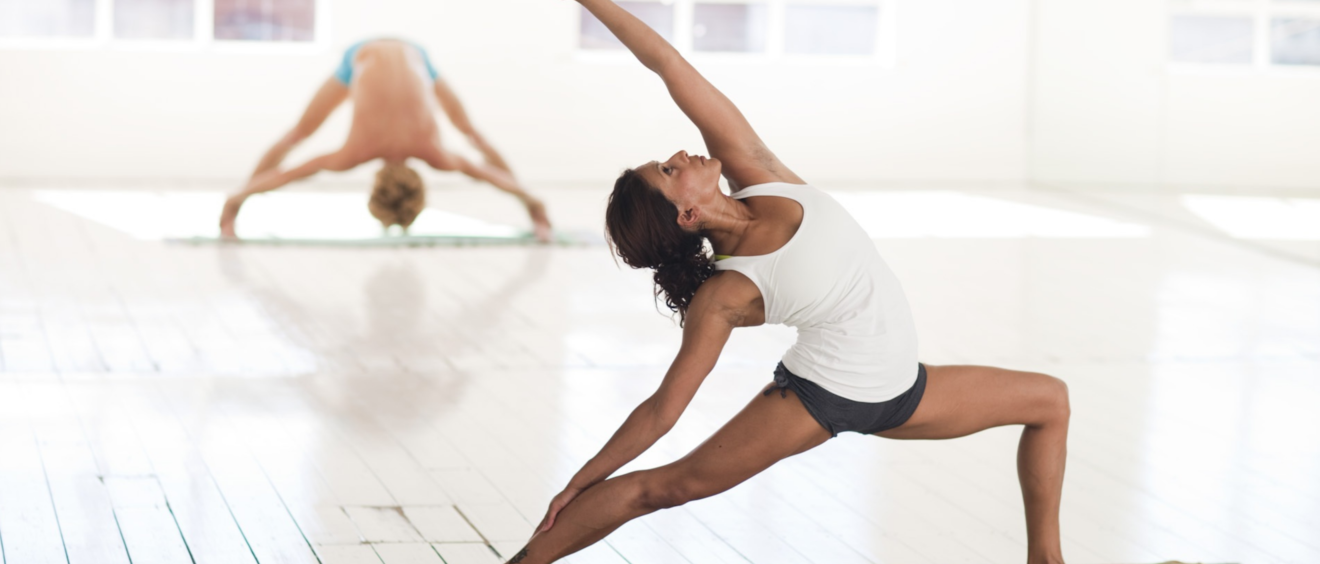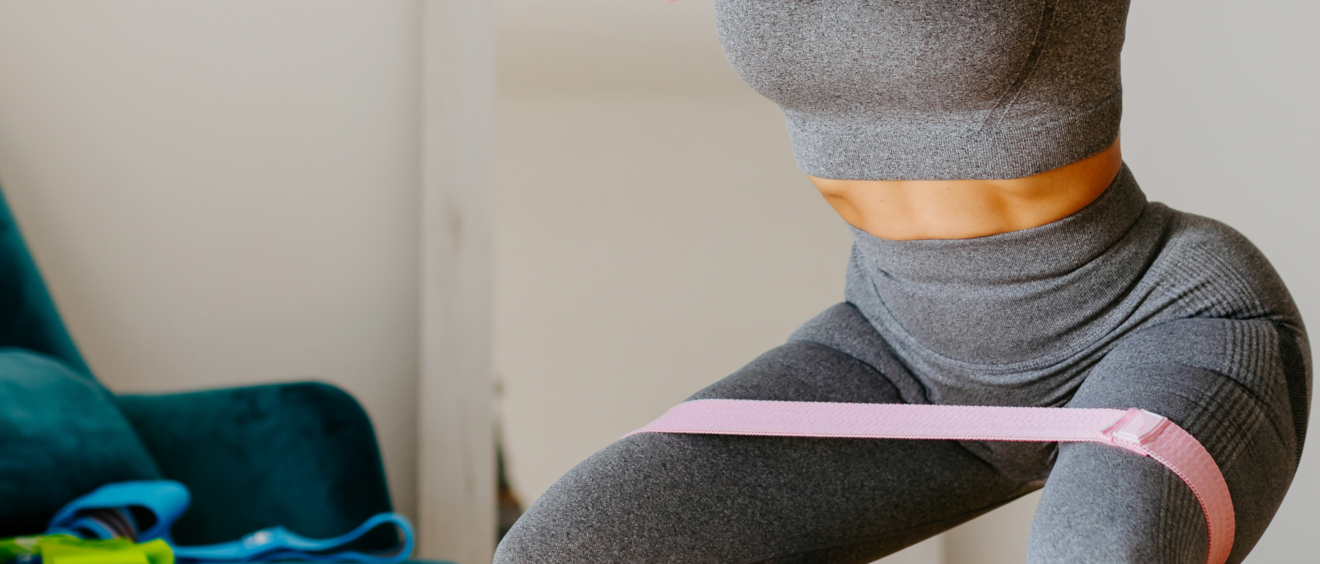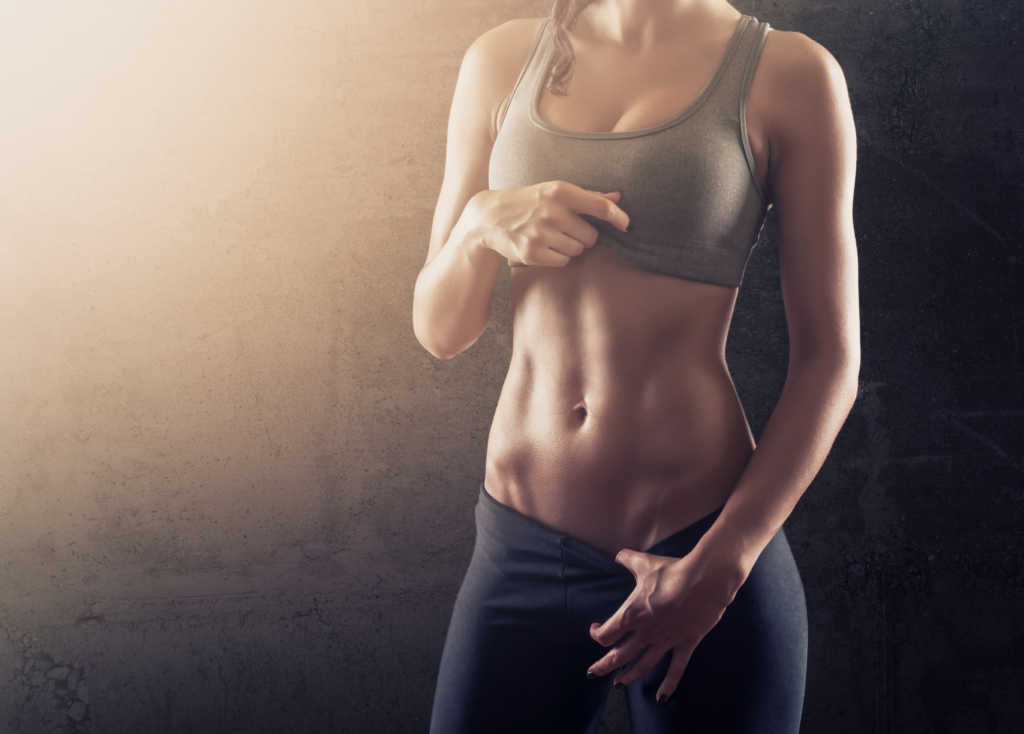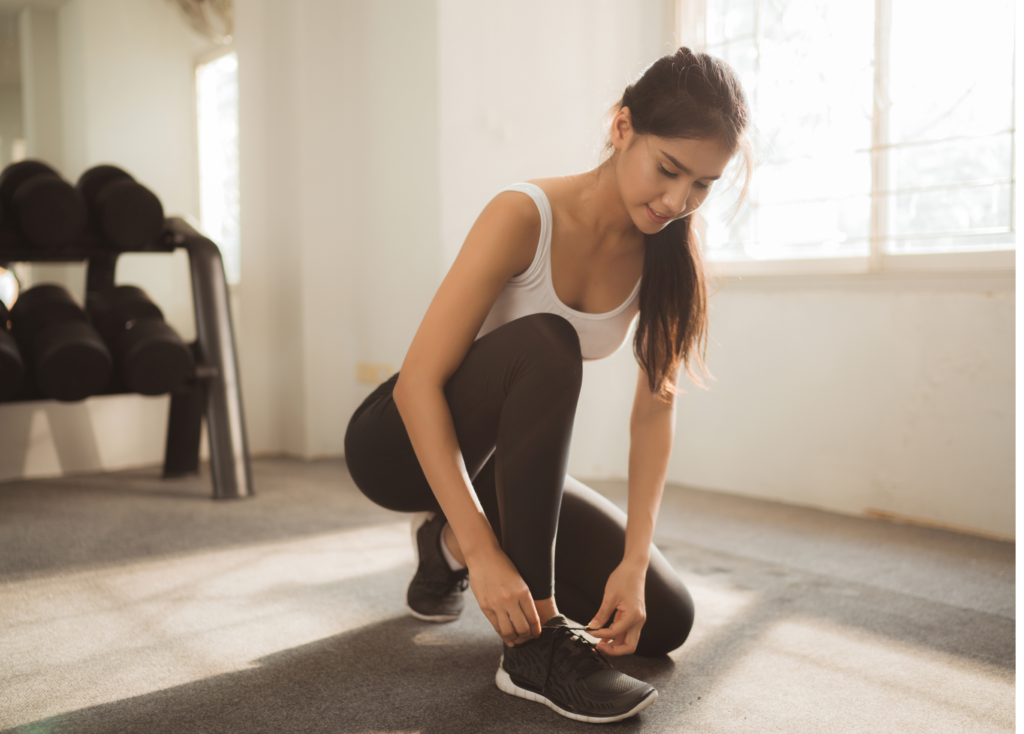We have all heard the trainers harp on about stretching after exercise and we often think it’s not necessary or you don’t have time. We all know if we are one of the guilty ones who just do a quick 5-second stretch or nothing at all and run out the door.
Benefits of stretching more:
- Posture. You know, that thing that most people struggle with (especially if you have a desk job)? It’s not as easy as just “sitting up straighter”. Bad posture can come from tight muscles, and stretching therefore can prevent these muscles from getting so tight. Bad posture can lead to tightness which in turn can give you pain and cause injuries.
- You will become more flexible. This is a pretty obvious benefit of stretching, but vital, daily tasks like bending over to tie your shoe, or throwing a ball for your dog, all become easier when you are more flexible.
- Improved circulation. As you stretch, you increase blood flow, which allows your body to transport nutrients, and get rid of waste, faster.
- Faster recovery. By stretching your muscles, you promote more blood to the area. The more blood flow, the more nutrients it will bring to recover and fix your muscles faster.
- Better Coordination. This may seem like an average point, but coordination is so important, especially as you get older, as having this improved coordination and balance will prevent as many falls or accidents.
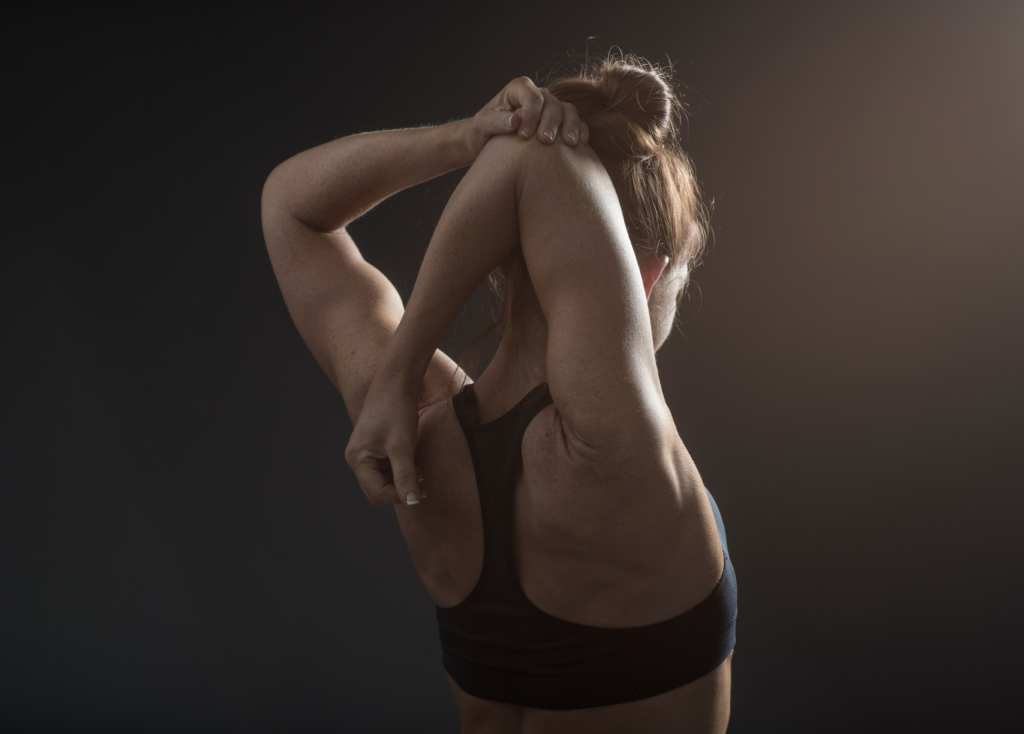
Should I stretch before I exercise?
Definitely! Before jumping into the weights or cardio, make sure you warm up and then do some dynamic stretches before the main part of your workout. Dynamic stretches are moving stretches that aim to put the joint through its full range of motion and get the blood flowing to the right areas. An example is a lunge, swinging one of your legs back and forth or ankle, or shoulder circles This warms up your muscles safely. If you try a static stretch, such as holding a quad stretch, this actually cools the muscle down and can use up too much muscle energy performing this stretch, and then have a poor workout due to your muscled already being fatigued!
How often should I stretch?
The American College of Sports Medicine recommends that each big muscle group should be stretched at least twice a week. The American College of Sports Medicine also recommends static stretching after every workout.
How should I perform static stretches?
- Try to be symmetrical. You want both sides of your body to be at the same level when it comes to stretching. This is especially important for those with injuries.
- The American College of Sports Medicine recommend holding every stretch for around 60 seconds for maximum benefits, however, they claim holding a 15-30 stretch is very beneficial as well. Minimum 15 seconds each side.
- Don’t bounce in your stretch. Hold a stretch smoothly, and don’t aim for pain, aim for tension. Pain can be a sign you have gone too far, and you should release your stretch a little bit.
What about yoga?
Yoga is amazing for flexibility, it helps you strengthen and lengthen your muscles in a safe and effective way. You don’t have to be “naturally flexible” in order to do yoga. Yoga helps your body stretch in new ways, and it is also a great way to destress the central nervous system. In saying that, you don’t have to practice yoga to become more flexible or to do a great stretch session.
Flexibility and stretching can greatly improve some aspects of your life. It can make day-to-day activities easier, improve your posture, prevent injuries, and may even reduce stress. An excellent benefit of stretching is your performance. You may think that is only important to athletes or people who play sport. However, stretching is very beneficial for everyone. By being more flexible, you can increase the range of motion in your exercises which in turn recruits more muscle fibers which can make you fitter, faster, and stronger. It also improves your posture and decreases the likelihood of getting injured and bad aches and pains.
Come join in one of our weekly Yoga classes or look at our stretch board in the main gym for some inspiration after a workout. All of our other classes include this critical aspect as part of the cool down, so try not to duck out of class early and miss it!
“Fitness HQ for women is North Shores 24/7 Boutique gym just for Women”

